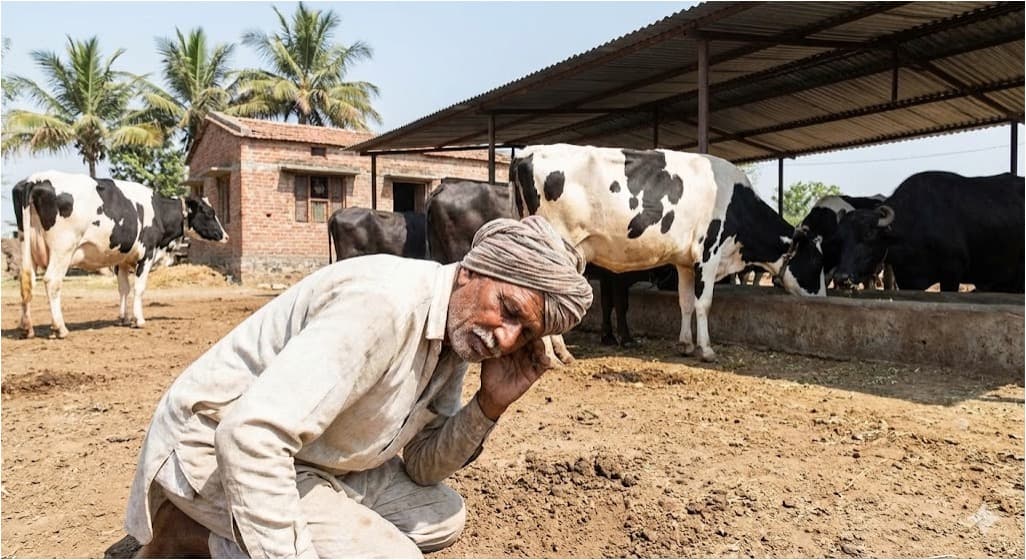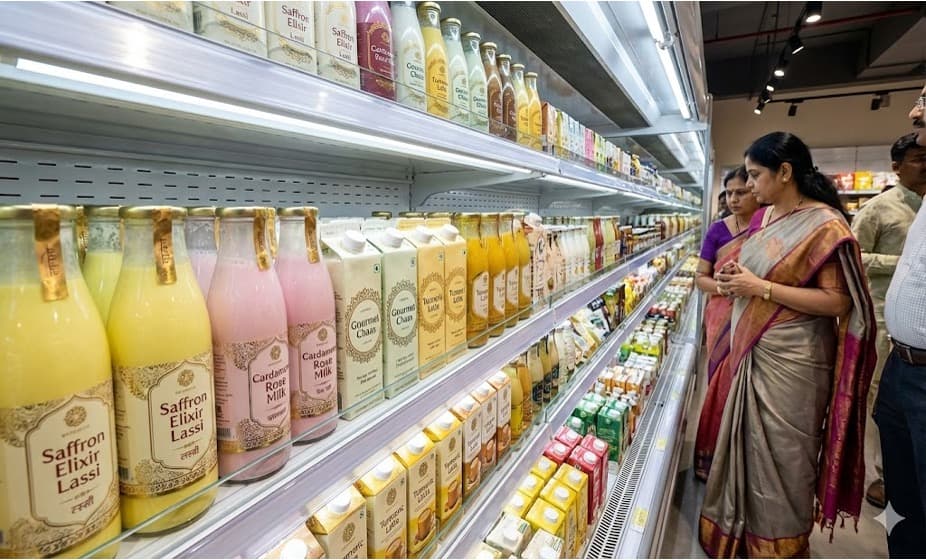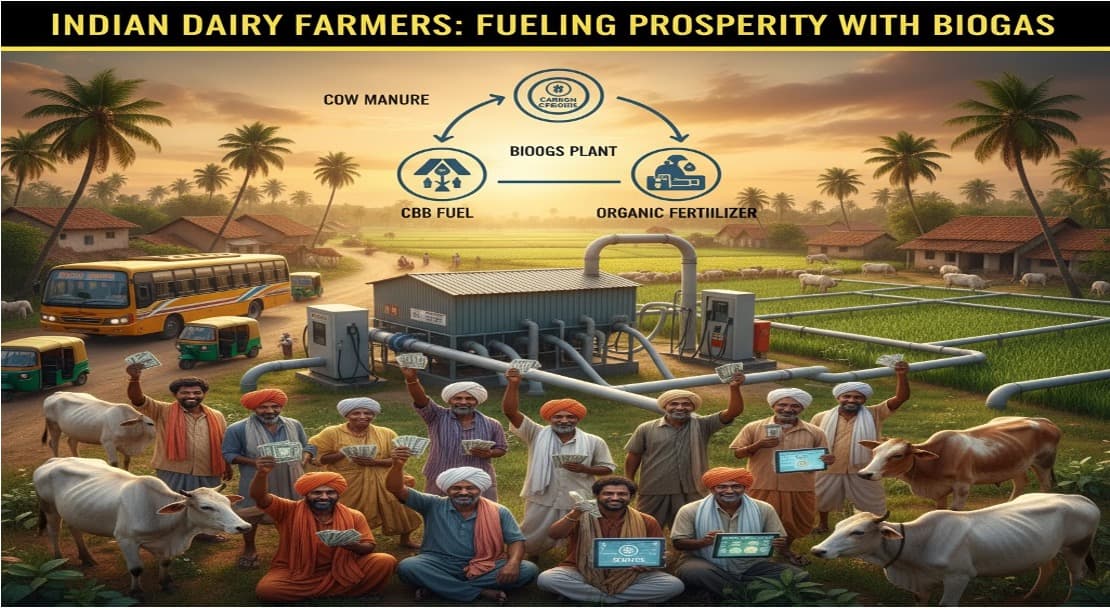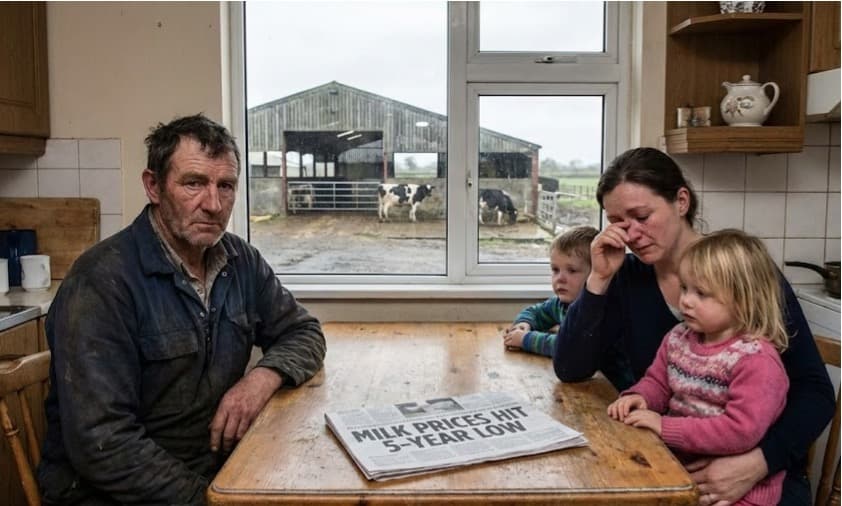The level of A2 protein in New Zealand milk has been increasing rapidly
In recent years, the level of A2 beta-casein in New Zealand milk has been increasing rapidly and the level of A1 beta-casein has been correspondingly decreasing.
Unpublished data from New Zealand’s leading herd-improvement cooperative, LIC, which was supplied to me on request, indicate that once the 2023-born dairy calves join the milking herd in 2025, these two-year-olds will produce beta-casein that is approximately 84% A2. In contrast, only 16% of their beta-casein will be A1.
This is a remarkable difference from the early to mid-1990s, when the proportion of A2 beta-casein in New Zealand milk was reported in various medical papers, using data from the New Zealand Dairy Research Institute, now part of Fonterra, as approximately 50%.
The 2024-born calves will produce milk that will almost certainly be even higher in the A2 variant of the relevant gene, probably about 86% and with A1 down to about 14%.
This high A2 beta-casein and low A1 beta-casein status that is now coming through into the next generation of New Zealand milking cows is unique in major dairy-exporting countries. However, the native cattle of Asia and Africa are all A2 except where the indigenous cattle have been crossed with European-type cattle.
The huge increase in New Zealand A2 beta-casein has occurred in the absence of any formal industry policy, partly by purposeful breeding by farmers and partly by breeding-company policy.
These breeding-policy decisions were linked to Fonterra’s statement in February 2018 that “Fonterra Co-operative Group Limited (Fonterra) and The a2 Milk Company (a2MC) have today entered into a comprehensive strategic relationship that links Fonterra’s global milk pool and supply chain, manufacturing capability and in-market sales and distribution capacity with a2MC’s brand strength and capabilities”.
It seemed clear that a2Milk and Fonterra were going to take on the world together.
Six years later it, has not worked out that way, although Fonterra does sell A2 milk here in New Zealand under the a2Milk brand. So, why does New Zealand dairy still need a strategic A2 policy?
An important insight comes from the announcement on 15 April this year by Seoul Dairy, which is South Korea’s market-dominant dairy company, that they plan to be 100% A2 by 2030. Their reasoning is that 60% of South Koreans are supposedly lactose-intolerant, but the real intolerance of many of these people is now known to be to A1 beta-casein.
The other Korean companies will now have to give much thought as to whether they need to follow the market leader, which already has over 50% market share.
Of course, Korea is just one country. But Japan also has an A2 Milk Association, to whom I have given multiple presentations. Similarly, I have given A2 presentations to Indonesian audiences. Vinamilk, which is the biggest dairy company in Vietnam, also produces A2 milk. And so on.
Across much of Asia, the benefits of A2 become immediately apparent to many of the consumers who try it. This is because with native Asian cattle all being A2, and milk consumption traditionally low, there has been no natural selection in Asian human populations toward A1 tolerance.
A considerable amount of the infant formula consumed in Asian countries is now A2, with this infant formula providing a spearhead into the broader dairy market. Human breast milk is also of the A2 type.
A 2015 scientific paper that I co-authored in the journal Nutrients on the issue of A1 intolerance being misdiagnosed as lactose intolerance, together with the interaction between intolerances to A1 and lactose, has been cited 149 times in papers by other scientists. If we were rewriting the paper now, we would have further important evidence to strongly support what we then wrote.
The question now for New Zealand is how it should respond to this dairy disruption while it is still at a relatively early stage. New Zealand can still be in the right side if the disruption, but only if it completes the conversion to A2.
New Zealand could now get to 100% A2 within about eight years, but only with an explicit policy.
Readers may well say, so what! Why would New Zealand want to do that given the recent melt down at Synlait?
In response, the evidence is clear that The a2 Milk Company (a2Milk) continues to do very well from A2 milk supplied by Synlait. It is now back within the biggest 10 companies of any type on the NZX. However, neither Synlait nor its A2 farmers have made ongoing fortunes from it.
There is a lesson there. It is all about who makes profits along the value chain.
The Synlait partnership with a2Milk went well for close on ten years, but now it is in big trouble. Problems have been brewing for several years but it is in the last year that the ‘problem pot’ has boiled over.
It should always have been evident to anyone who did a detailed analysis, that a2Milk had managed to structure their agreement with Synlait so that a2Milk came first, Synlait came second, and the A2 farmers came third. Right from the start it seemed obvious to me that farmers were getting the rough end of the agreement, but that reflected the reality of the power relationships.
Nevertheless, for quite some years everybody seemed happy. It took tough times to show that both Synlait and its farmers were getting the rough end of the deal.
Right now, it is Synlait’s farmers that produce the milk, it is Synlait that processes the milk, and it is Synlait that holds the highly valuable factory accreditation to supply Chinese-label a2 Platinum infant formula into China. Yet it is a2Milk as the marketer that makes all the money from this as they pass it on to Chinese distributors.
However, the current failure of Synlait is not only related to the nature of their agreement with a2Milk. Many things have gone wrong.
More importantly, the problems of Synlait have nothing at all to do with the overall importance of A2 beta-casein as a global dairy disruptor. Quite simply, Synlait lost the plot as they got carried away with debt-funded expansion.
Part of the agreements that a2Milk managed to stitch up with both Synlait and Fonterra were that these companies would supply A2 milk only to The a2 Milk Company. I introduced CEOs from two European dairy companies to Synlait and Fonterra, with both seeking long-term agreements to purchase A2 milk powder, but in both cases the New Zealand companies were tied to their agreement with A2M.
In the case of Fonterra, we were told that we would have to get three-way agreement that included a2Milk and so we headed across to Australia to see if a three-way agreement might be possible. But there was no chance of getting that agreement, given that a2Milk saw their existing agreement with Fonterra as effectively taking their biggest potential competitor out of the market.









